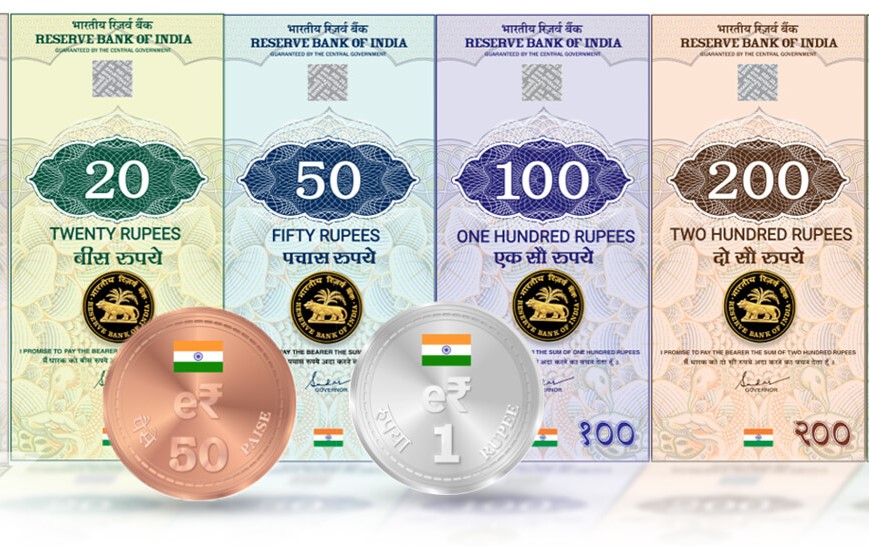

It is the same as a sovereign currency and is exchangeable one-to-one at par (1:1) with existing currency. Digital rupee (e₹) will offer features of physical cash like trust, safety and settlement finality with atomicity (i.e. immediate settlement of transactions) in digital mode.
Digital rupee (e₹) represents a direct claim on the central bank which means that it is a liability on the central bank. It can be used to carry out transactions or store value digitally, similar to the manner in which currency notes are used in physical form.
But it is fundamentally different from cryptocurrencies like Bitcoin, which are decentralized and operate outside the traditional financial system. CBDCs, on the other hand, are fully integrated into the central bank's monetary policy and payment infrastructure.
Why is Digital Rupee Introduced?
The Digital Rupee is introduced in India to enhance financial inclusion, providing greater access to formal financial services. It aims to promote efficiency in transactions through faster and more secure digital payment methods, align with the country's technological advancements, foster a digital-first economy, reduce dependence on physical currency, and enable better regulatory control over monetary transactions while countering potential illicit activities.
Types of CBDCs : CBDCs can be broadly categorized into two main types:
The Reserve Bank of India (RBI) issues these electronic tokens that can be exchanged on a one-to-one basis, with denominations similar to physical currency. The RBI controls the distribution of the Digital Rupee, distributing it to commercial banks or authorized financial institutions for circulation. Transactions made with Digital Rupee are recorded and verified on a secure ledger system for transparency and security.
Acquiring Digital Rupee
Users can acquire Digital Rupee through digital wallets provided by authorized financial institutions, Banks or other approved platforms. These wallets function as secure digital storage for the currency. Digital tokens can also be withdrawn, similar to withdrawing cash, and cash can be converted to eRupee using a UPI gateway. One can make payment using CBDC through UPI same as before.
Challenges and Concerns of CBDC
Comments
Write Comment